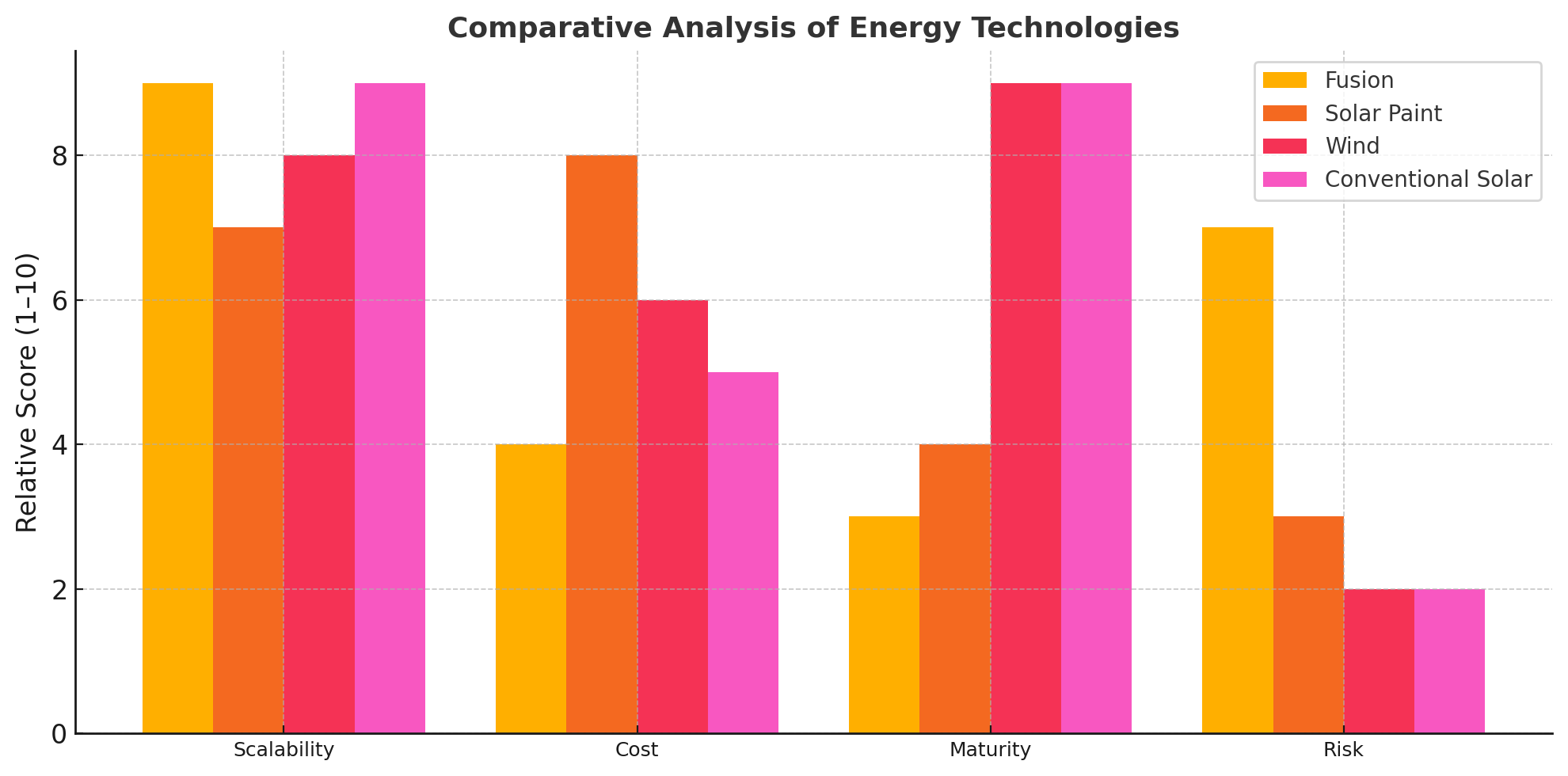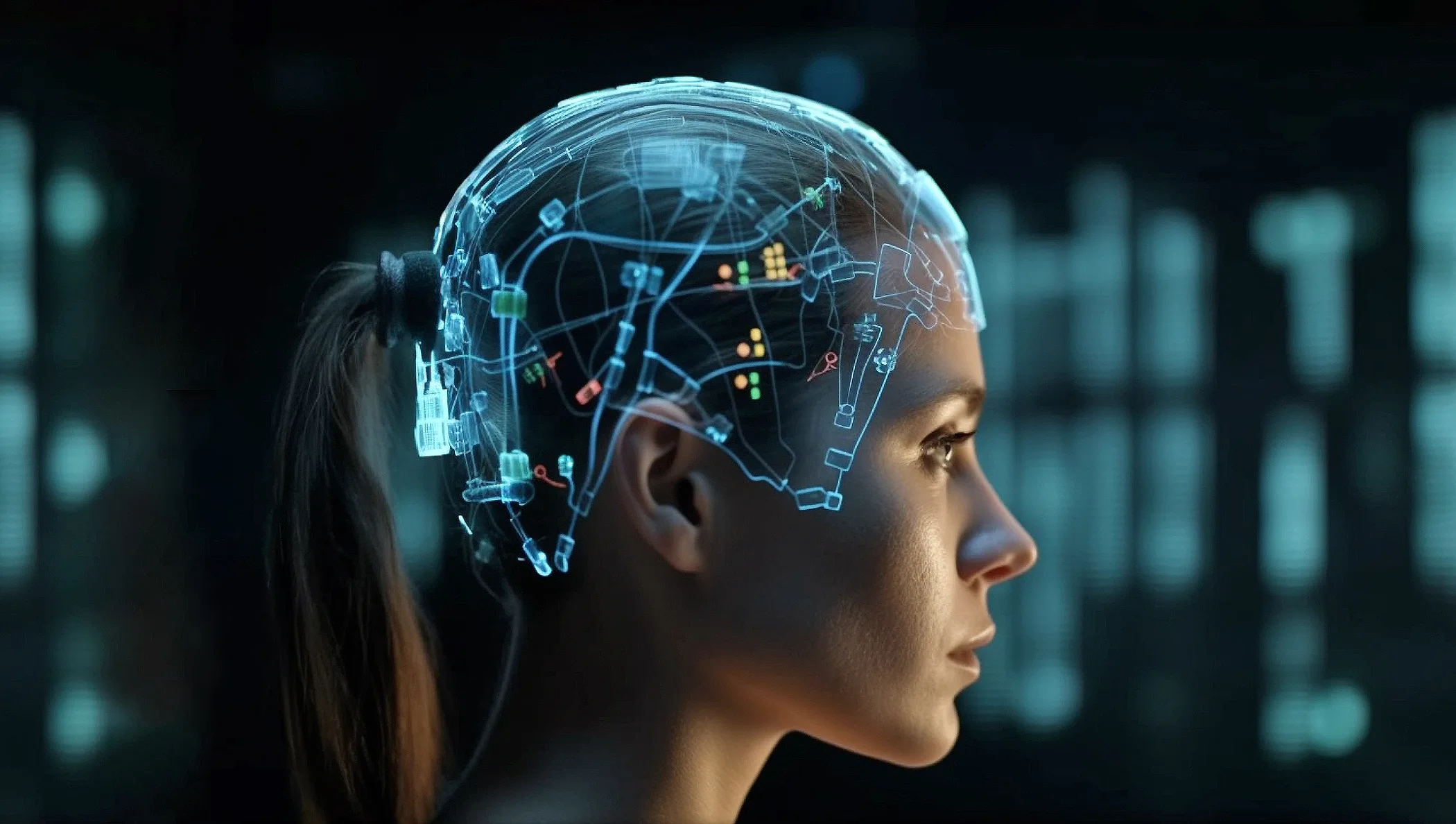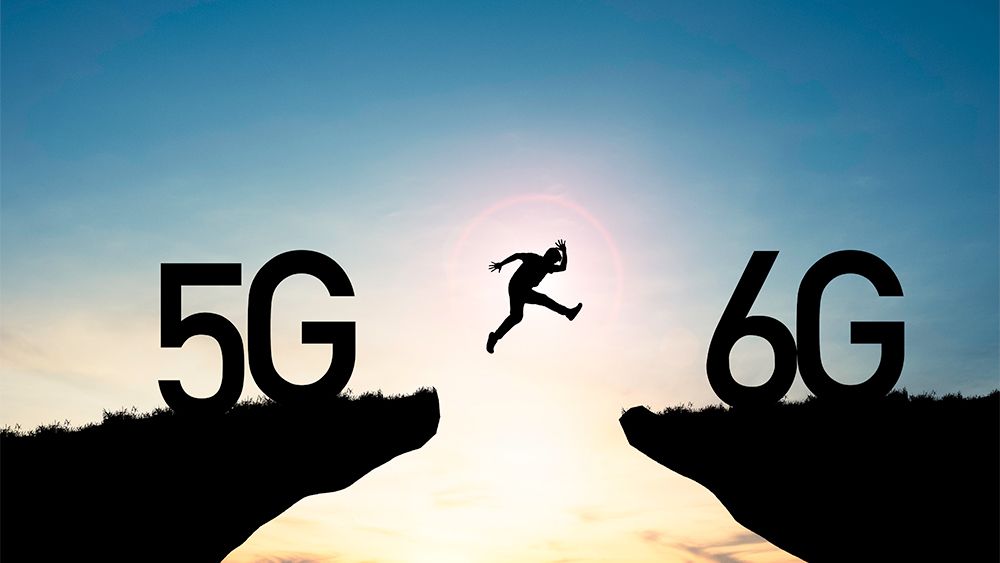Our planet is in the midst of a historic energy transformation. As the climate crisis intensifies and fossil fuel reserves dwindle, humanity faces a dual imperative: we must dramatically cut emissions while meeting the soaring energy demands of a growing, electrified world. The future of energy can no longer rely on incremental improvements—it requires bold reinvention.
Enter: next-generation energy technologies. From the controlled chaos of nuclear fusion to the spray-on simplicity of solar paint, researchers and startups alike are chasing breakthroughs that once belonged to science fiction. These technologies promise not just cleaner energy, but a shift in how, where, and by whom energy is produced. This isn’t just about fuel—it’s about rethinking the structure of civilization itself.
🔬 1. Fusion Energy: Bottling a Star on Earth
Nuclear fusion—the process that powers the sun—has long been a symbol of scientific ambition. Unlike fission, fusion doesn’t produce long-lived radioactive waste, and it can’t meltdown. It uses abundant fuels like deuterium and tritium, and emits only helium as a byproduct.
Recent advances have reignited hope:
-
In 2022, the National Ignition Facility (USA) achieved energy gain in a fusion reaction.
-
Private companies like Tokamak Energy, TAE Technologies, and Helion are racing to commercialize compact fusion by the 2030s.
But challenges remain: maintaining high temperature plasma, managing extreme pressures, and sustaining reactions long enough for net energy gain.
🎨 2. Solar Paint and Printable Panels: Democratizing Power
Imagine painting your house to generate electricity. That’s the promise of solar paint—a photovoltaic material that can be sprayed onto surfaces to capture sunlight.
How it works:
-
Uses perovskite or quantum dot technology
-
Converts light into electricity, like traditional solar cells
-
Flexible and cheap to produce
Researchers at RMIT University (Australia) and others are pioneering solar paint that absorbs moisture and sunlight to generate hydrogen fuel.
Meanwhile, printable solar panels—lightweight, plastic films—could transform everything from tents to cars into energy sources.

🌍 3. The Broader Trend: Decentralized and Customizable Energy
The future of energy isn’t just about what powers the world—it’s about how. Traditional grids are increasingly being supplemented (and sometimes replaced) by:
-
Microgrids: Local networks that can operate independently
-
Smart grids: Systems that respond in real time to demand and supply
-
Home energy storage: Like Tesla’s Powerwall, enabling self-reliance
As materials science, AI, and manufacturing advance, energy becomes modular, personal, and mobile. This has massive implications for rural electrification, emergency resilience, and even space missions.
🧾 Conclusion: Powering the Future Requires Imagination
From the star-forging heat of fusion reactors to a coat of energy-generating paint, the “Energy of Tomorrow” is not one technology—it’s a constellation of solutions. Each has its place. Fusion may light entire cities; solar paint may power tents in disaster zones.
The common thread? A shift away from centralized fossil systems toward clean, flexible, and creative ways to power our lives. As climate deadlines loom, the real challenge is not invention—it’s speed, scale, and global equity.
We’re not just choosing our energy source. We’re choosing our future.







